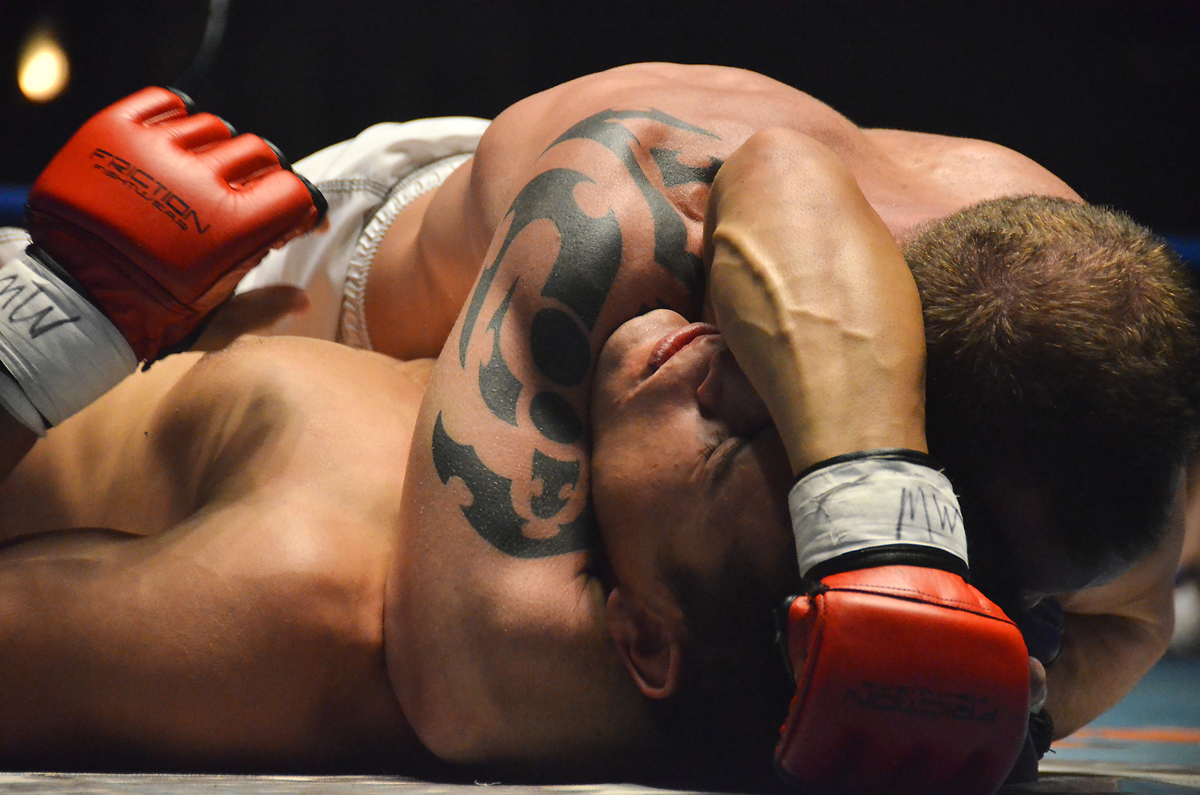Our obsession with details
Small details can make all the difference in BJJ. For example, grabbing at the hand instead of the wrist can be the key detail that allows a successful armbar. Because of the huge effect of seemingly small details we can become obsessed, beginning a quest in search of perpetual refinement. The problem with this is that there are two categories of details, details that are universal and those that are specific to the individual.
An example of a universal detail — rear naked choke: aligning the crook of your elbow with your opponent’s chin is a more effective choke because pressing is applied to both of the carotid arteries. Universal details are performed by everyone in the same way.
A more individual detail, and one that is commonly sought by beginners, is as to the exact place to focus your weight when in side control top position. Everyone you ask will give a different answer depending on their body type, their opponent’s body type and their position the opponent is in.
Universal details can be precisely described by your coach. Individual details must be confirmed through rolling or isolation training.
As coaches, it is our responsibility to clearly distinguish between these categories of details. An approach I take is to identify universal details to the class as the “ideal”. Individual details are identified as “options that may or may not work for you”. I only go into more depth with individual specific details when I am working with individuals or pairs.
Very early in my BJJ career, I attended a seminar where the black belt detailed the correct posture to have when kneeling in an opponent’s closed guard. He emphasised the detail that your butt should never touch your heels, but should hover over them by about an inch. The black belt never explained why we should hover this way. Whenever I tried this my thigh muscles fatigued quickly, and so I abandoned that detail.
But it’s always stuck in my mind. I’ve watched many high level competition matches and have never seen anyone else performing this detail. So why was this detail emphasised? Why is it important? My best guess was that having the thighs under tension allows your legs to react faster than when relaxed. The mystery was finally solved when I read Cane Prevost’s closed guard top posture post.
Cane details “Hips rotate in and up. You should feel your pelvis lift slightly off the floor”. Aha! This position puts the glutes under tension, but without much fatigue. The tension allows the legs to react fast to regain balance if needed. I believe that the original hover detail was individual specific, while Cane’s detail is a universal way of achieving the same result.
This example really emphasises for me the confusion that a student feels when there is no distinction between universal and individually specific details. As good coaches, we should strive to make this distinction to our students.



Leave a Reply
Want to join the discussion?Feel free to contribute!